Text

01/03/2023
Честита Баба Марта !
220 notes
·
View notes
Text
‼️ 🇧🇬 Bulgarian Followers ‼️
Тук има инструкции как да изразите недоволството си пред българския парламент за геноцида в Газа.
Изберете парламентарен представител според рашия район и изпратете имейлът от бланката, преработен колкото е нужно.
#palestine#hope i can contribute to spreading this; should've done so sooner but i'm barely on here anymore
35 notes
·
View notes
Text
Sigh, all the votes on this poll and nobody brought up the factual inaccuracy of "former Soviet state" nor the detail that "Cyrillic users" ought to be "Cyrillic originators"
Unsurprising that hp won though I guess.
Please reblog for a bigger sample size!
If you have any fun fact about Bulgaria, please tell us and I'll reblog it!
255 notes
·
View notes
Text




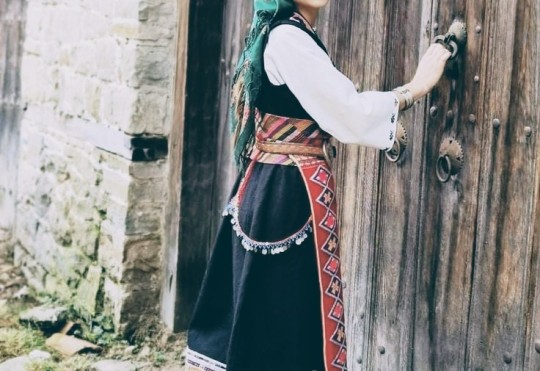
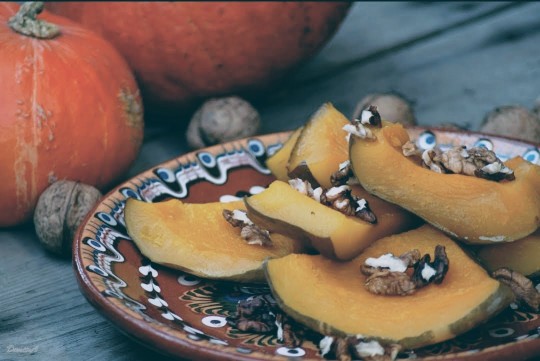


October 26th is Dimìtrovden/Mitrovden (Димитровден), or the Orthodox feast day of St. Demetrius of Thessaloniki. (Bulgarian: Свети Димитър Солунски) He is a 3rd-4th century Christian saint and great martyr (великомъченик) from the city of Thessaloniki in Greece, of which he is the patron saint.
Hagiographies refer to St. Demetrius as a young man of a senatorial family, who became proconsul and was tasked with persecuting Christians in the at the time still pagan Roman Empire. However, being himself Christian, he instead protected them, for which the emperor had him jailed. He was later speared to death as punishment for the defeat of the gladiator Lyaeus at the hands of Demetrius' disciple, Nestor. This marked the beginning of his veneration by Christians in the area, which grew in the following centuries, as he was said to guard the city against raiders.
Albeit not one originally, during the Middle Ages St. Demetrius came to be revered as a warrior saint, and iconography portrays him riding on a red horse, running a spear through various enemies — often Lyaeus, but also whoever was locally perceived as an enemy. In Greek icons, this is sometimes the Bulgarian tsar Kaloyan, while in Bulgarian ones — the Byzantine emperor Basil II The Bulgarslayer, or later on, a Turk. St. Demetrius is also associated with the founding of the Second Bulgarian Tsardom, specifically the uprising of the brothers Petăr and Asen, which broke out on Oct. 26th, 1185. The St. Demetrius church in Veliko Tărnovo (pictured above) was built in commemoration the event, and served as a coronation site of Asen dynasty tsars, who claimed him as their patron.
Traditionally, Dimitrovden marks the end of the seasonal transition from fall to winter, a period which begins on Oct. 14th with Petkovden. Bulgarian folk mythology casts the saints George and Demetrius in the role of twin brothers, whose respective holidays split the year into its warm and cold halves. The latter, elder of the two, ushers in the cold and darkness, as he rides in on his red horse and the winter's first snowflakes sprinkle down onto the earth from his beard. As St. George's opposite and counterpart, he takes on the qualities of a chthonic deity, and thus has connotations to death and the Beyond — under his patronage the so-called Dimitrovska Zadushnica takes place on the Saturday prior to Dimitrovden, one of several such holidays where food is given out in honor of deceased ancestors. Perhaps this is also why, in addition to St. George, folk imagination places him as a brother to Archangel Michael and nephew to St. Paraskeva/Petka.
Dimitrovden is the true end to the year's agrarian cycle — the harvest now over, it's time to put the farm tools away, make sure the animals have shelter and firewood is stocked up. It's also when farmhands and other labourers' contracts expire and they get rehired for the year ahead, which is why the day is also known as Razpust (Разпуст). As with other big holidays, a community-wide celebratory feast is held, and the customary ritual meal (or kurban) is mutton. The biggest ram is chosen, a pair of gold-painted apples are placed onto its horns and those present bow before it, after which it's slaughtered and cooked, and receives a priest's blessing before being served. Festivities are accompanied by music and horo (group dancing), which again has an intended matchmaking function. Namesakes of the saint celebrate the occasion, too — but they're traditionally served a chicken or rooster dish, according to gender. Other foods for Dimitrovden include corn, seasonal fruit and derived dishes, such as apple pita, pestil (a type of plum dessert), rachel (pumpkin syrup), etc.
Another activity which traditionally ends on Dimitrovden is construction work — a new house is supposed to have been completed by then, and the homeowners celebrate by throwing their own feast with a kurban, and inviting friends and relatives to witness the house being blessed by the master mason and the priest. The feast day has therefore been adopted as a career holiday of builders and masons.
The day's connection to the mysterious and otherworldly has inspired various beliefs and rituals of prognostic or divinatory nature, and anything from the weather and moon phases, to the behaviour of farm animals is observed carefully and used to make future predictions. Characteristic is the custom, known as polazvane (полазване), wherein members of the household make note of the first person to visit them, to physically cross the threshold into their home, and interpret them as a portent of things to come. Also, according to old treasure hunting legends, Dimitrovden is when "the sky opens" and buried gold emits a blue-ish flame just above ground.
Dimitrovden is part of the group of holidays, based around the idea of transition and liminality; between fall and winter, between the world of the living and of the dead. The Christian and pre-Christian symbolism intertwine, the martyr death of the saint mirrors the "death" of nature as the earth is covered in snow and daytime engulfed by darkness. And crucially — for a people whose perception of time follows nature's cycles — the coming of winter brings not only a period of calm and rest, but the promise of spring and renewal.
2K notes
·
View notes
Text
Is there a way to easily block and report bots from a sideblog? Like on mobile? I swear I can't take this anymore
8 notes
·
View notes
Text

Bulgarian vernacular is like if a language speedran analytism
23 notes
·
View notes
Text

Well that sure is a title to bestow upon somebody
11 notes
·
View notes
Text
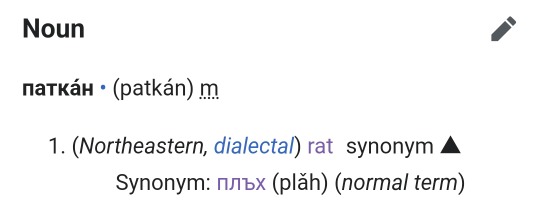
Northeast rat
Wears a silly little Northeast hat
Dialectally distinct from Southwest rat
His name is Pat
#language#bulgaria#northeasterner coming home to vacation with their family and reporting that sofians don't know what a patkan is#relatives bewildered#many such cases!
32 notes
·
View notes
Text
Anglophone: so, is this the campsite?
Bulgarian: yes 😊 the cumping 😊😊 where one comes for къмпингуване
21 notes
·
View notes
Text

Христос Воскресе и Честит Великден! Happy Orthodox Easter, enjoy this year's eggos ☦️🪺💕
104 notes
·
View notes
Text

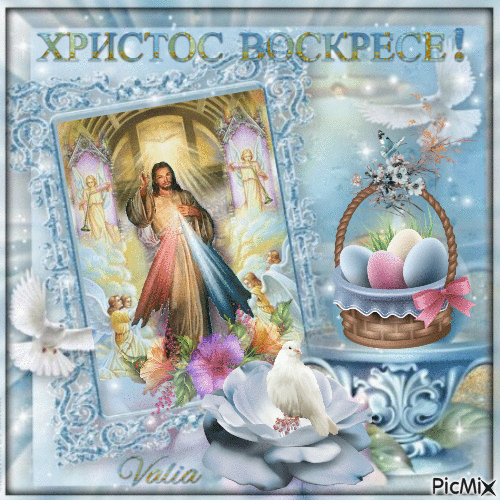


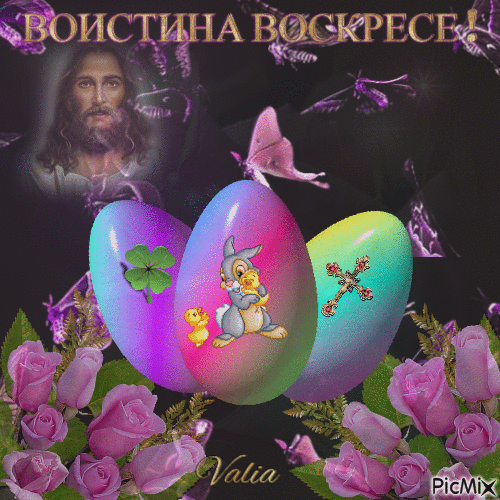

Честит Великден! Happy Easter!
#sorry i couldn't resist the picmix#easter#великден#bulgaria#българия#христос воскресе#gifs#cw: flashing
20 notes
·
View notes
Text
Христос Воскресе and have fun overdosing on kozunak <3
12 notes
·
View notes
Text
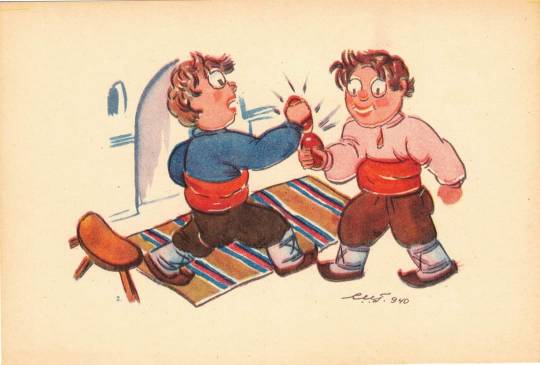



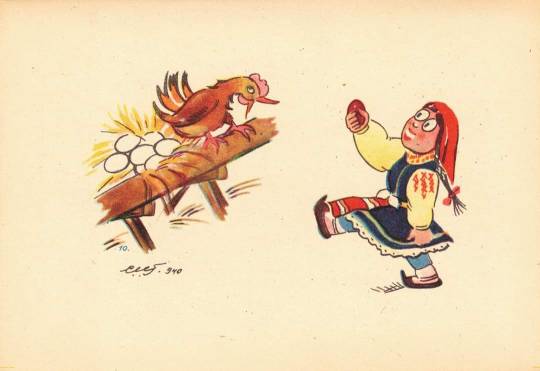
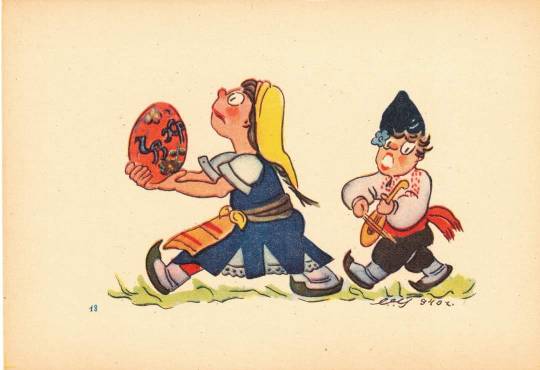


Bulgarian Easter postcards from 1940
74 notes
·
View notes
Text






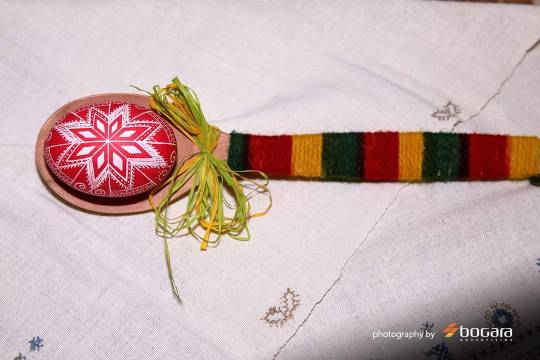
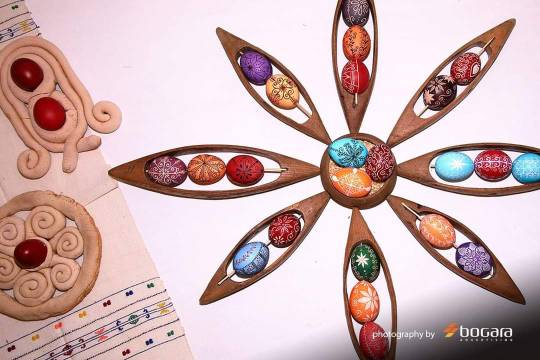
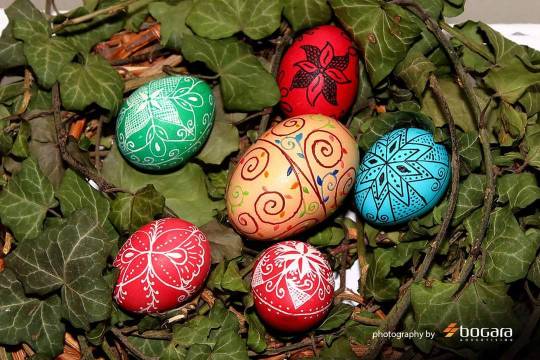
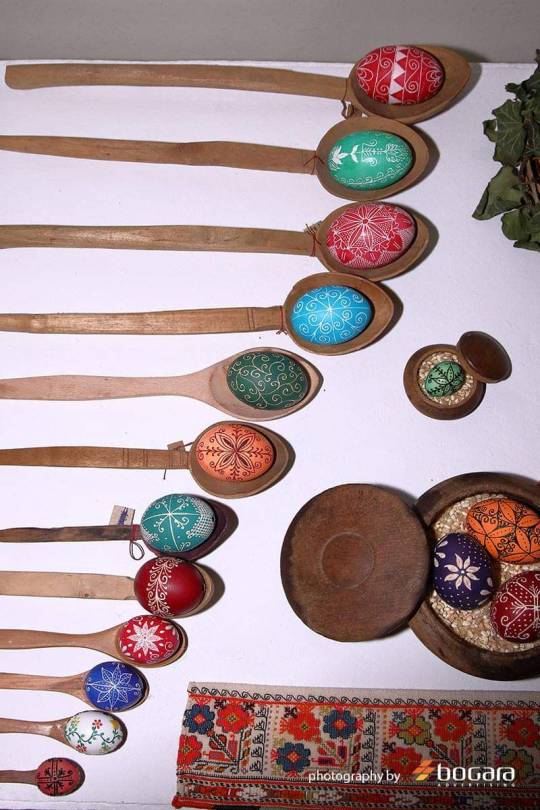
Easter eggs from Bulgaria
(via)
29 notes
·
View notes
Text
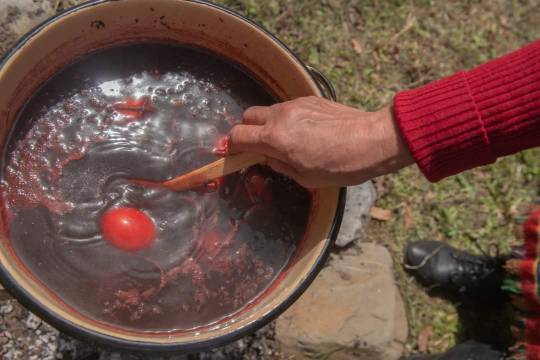
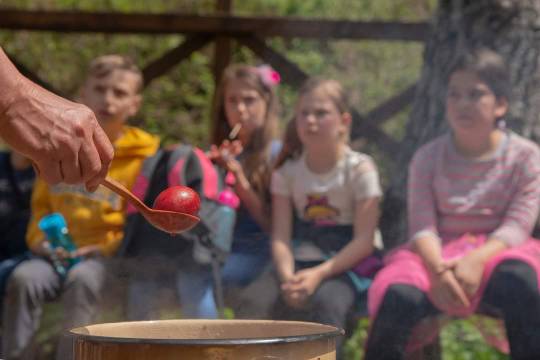
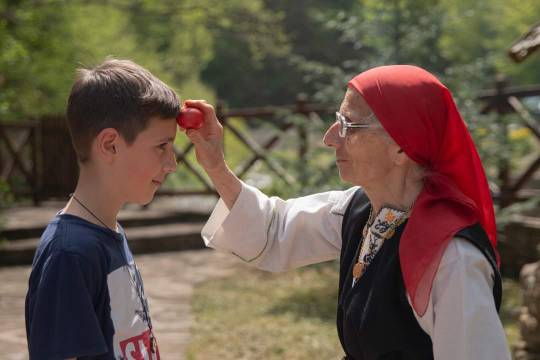

Painting of Easter eggs in ETAR - Ethnographic Open Air Museum in Gabrovo, Bulgaria
(via)
55 notes
·
View notes
Text


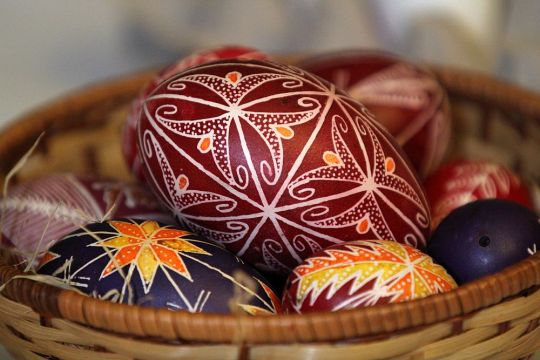
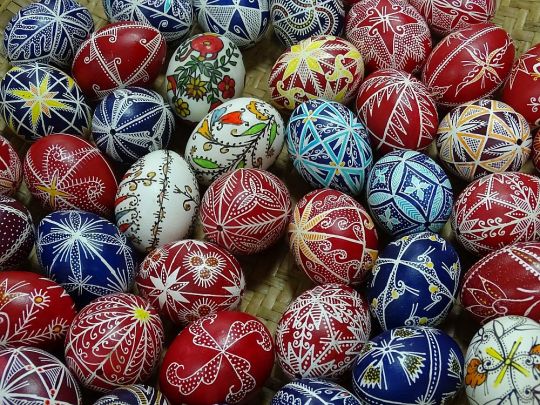
Painting Easter eggs, an ancient custom preserved across Bulgaria, traditionally takes place on either the Thursday (Велики четвъртък) or the Saturday (Велика събота) before Easter (Великден).
The eggs, called писани яйца in Bulgarian (from пиша, meaning to write or draw) are decorated with various geometric and floral motifs, drawn with wax, then, depending on the technique used, the shapes are either filled in by hand via paintbrush, or the entire egg is dipped into a container of dye. With the second method, the wax is later melted off to reveal a negative design. This process may be repeated several times with different dyes for a multicolored effect.
Many cultures regard the egg as a symbol of new life and associate it with springtime. Among Orthodox Bulgarians these roots have syncretized with Christian belief and practice — the very first egg is always painted a solid red (symbolizing Christ's blood) and, while still wet, used to draw crosses on children's foreheads. It is then placed in front of an icon or buried in the yard and retrieved a year later. Based on the state of its contents, predictions can be made regarding the household's fortunes.
On Easter Sunday the eggs are cracked against one another and the person whose egg "defeats" the rest (borak) is said to be healthy and lucky throughout the year.
228 notes
·
View notes
Text




Some Bulgarian egg painting patterns. Happy Easter!
209 notes
·
View notes